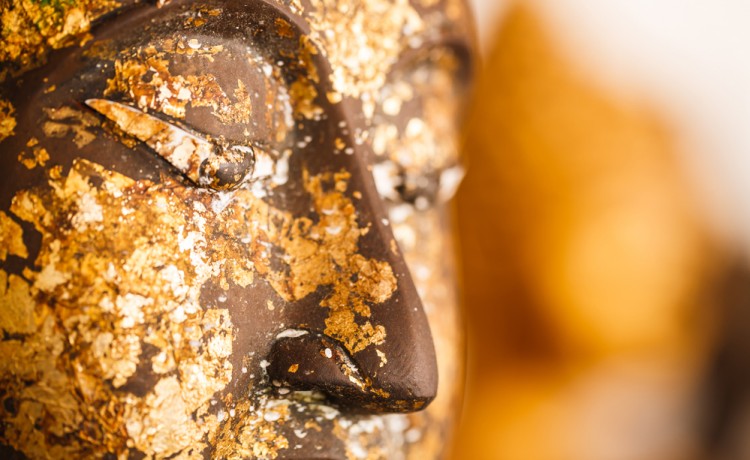
Your Perfect Offering
By Tracey Toomey McQuade, June, 2015
“Turn my sorrow into treasured gold…” – Adele, “Rolling in the Deep”
While scrolling through Instagram recently, I found an image of a beautiful pottery bowl. It was the faded green color of the Statue of Liberty with veins of gold running through it. The image was tagged #kintsugi, which I then looked up.
It turns out Kintsugi is the Japanese art of mending broken pottery with resin that’s mixed with gold dust. The philosophy behind Kintsugi is the beauty of repair – cracks are part of the story of an object, to be illuminated rather than hidden. The life of something doesn’t end the moment it has been damaged; rather, it can be even more beautiful for having been broken.
We’re rarely encouraged to showcase brokenness in our culture. When we do, it can make people uncomfortable. While at a baby shower last month, I opened up to an acquaintance about my painful journey to motherhood – including a stillbirth, two surgeries, a miscarriage and several fertility treatments – and she grew visibly uneasy; she would have preferred I cover up my scars. But, honestly, all that heartbreak that I was describing to her gave me some pretty powerful golden threads. The cracks are a part of my story, and my story didn’t end just because I broke a few times.
I used to avoid sharing my grief, because I was afraid I would erupt in sobs, unravel completely, and never be able to put my pieces back together again. But I soon realized that if I kept my sorrow inside, it would chew away at my insides like a voracious parasite. I was broken, and pretending otherwise would be a lie.
Instead of thinking of brokenness as something to be ashamed of, what would happen if we honored our breaks? Could illuminating our brokenness actually liberate us from it? If we celebrated our scars instead of trying to hide them, would we no longer be at their mercy? Could we become even more whole for having been broken?
Gold is stronger and more luminous than clay, just like skin that has been scarred is tougher and often shinier than unblemished skin. Perhaps it is in the places where we have been split open that we are our strongest and most radiant. The “damage” ends up being the most interesting part of us.
If there’s one thing we know about the human experience, it’s that no one gets out of here alive. And whether someone drops us, or we drop ourselves, or we just get banged up along the way—we are going to break at one point or another. We get to decide how we want to put ourselves back together. Sure, you can Krazy Glue the pieces in place and hope that no one sees your cracks, your chips, your hairline fractures, but maintaining a flawless facade to mask internal despair is exhausting, and sooner or later, you’re going to spring a leak. Owning what happened to you, being true to your stories, honoring your scars, and mending yourself with lustrous gold sounds like a lot more fun.
When you acknowledge your cracks, you are freed from their clutches, and brought to the awareness that even in brokenness, you are whole. Nothing can take away your completeness. Oftentimes it is only when you crack open that you’re able to catch a glimpse of that part of yourself which is unbreakable.
One of my favorite chants is from the Isha Upanishad: om purnamadah purnamidam purnat purnamudachyate purnasya purnamadaya purnameva vashishyate om. The rough translation is: “That is complete, this is complete, from the completeness comes the completeness, if completeness is taken away from completeness, only completeness remains.”
If Sanskrit isn’t your thing, Leonard Cohen does a pretty good job when he writes: Ring the bells that still can ring, Forget your perfect offering, There is a crack in everything, That’s how the light gets in.
You are a perfect whole—made all the more beautiful and powerful for having been broken.

